A new course will be offered on Wearable Technologies this coming Spring semester (2017). Class will convene from 12:45 to 2:00pm on Monday and Wednesday. In this course, you will learn about the history of wearable computing, design and construct a wearable device, and explore numerical analysis methods in such topics as FFT and statistical learning.
Happy Ada Lovelace Day!
What’s this, you don’t know what Ada Lovelace day is, or who Ada Lovelace is?
You should!
https://twitter.com/search?q=#AdaLovelaceDay, https://en.wikipedia.org/wiki/Ada_Lovelace.
Capstone Projects are out and Teams are Organized
I am proud to say that the lab is hosting two capstone projects this year. First, a Computer Science team (Kine Jax) has picked up the KineTrax project. Second, a Mechanical Engineering team has picked up the DIY Gravity Harness project. I have a good feeling about these teams, as they both seem very involved already.
How good is that Fitbit? Oh, good question…
In a recent paper by Drs. Dominick, Winfree, Pohlig, and Papas, we asked the question of “What is the accuracy of that Fitbit in an ecologically valid setting?”
Coming soon… part 2
We’re getting close to move in, really close!

End of Summer Hike
To mark the end of the summer and celebrate as a group, our lab, joined by Dr. Cambou’s lab, made the short yet strenuous hike up Mt. Elden Lookout Trail. I’m happy to say everyone made it! That’s a 2300 foot climb over 2.5 miles. Well done everyone!
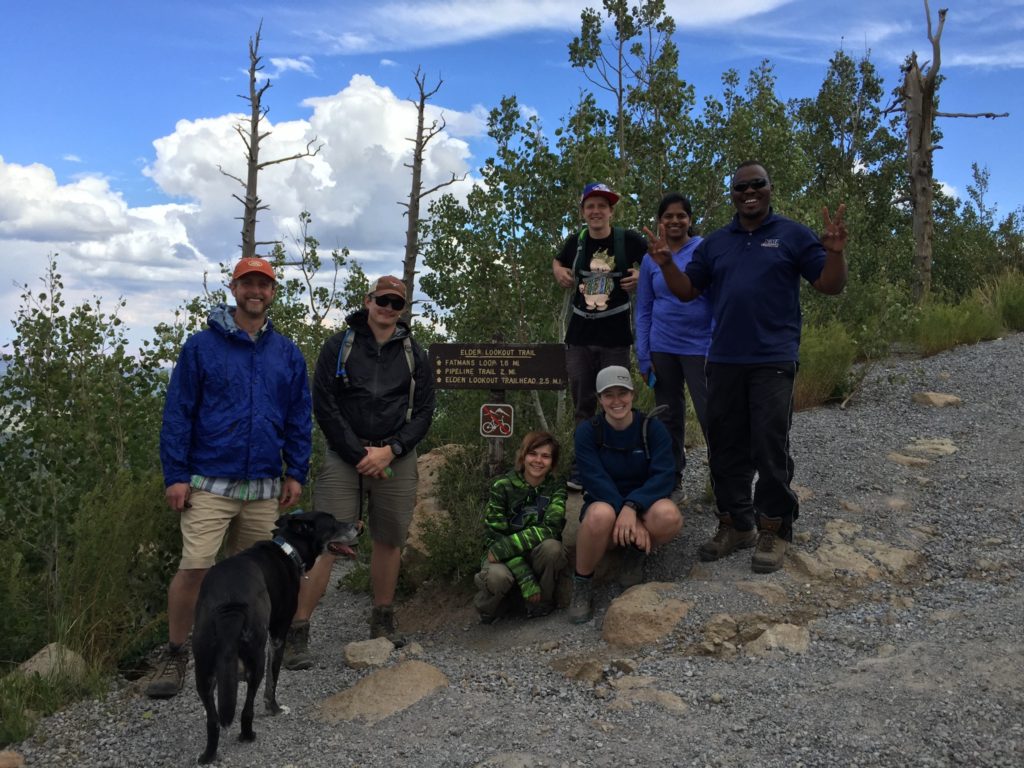
Coming soon, to a building near you
The WIL will be moving to the new SICCS building in October. Here is what the lab looks like right now.
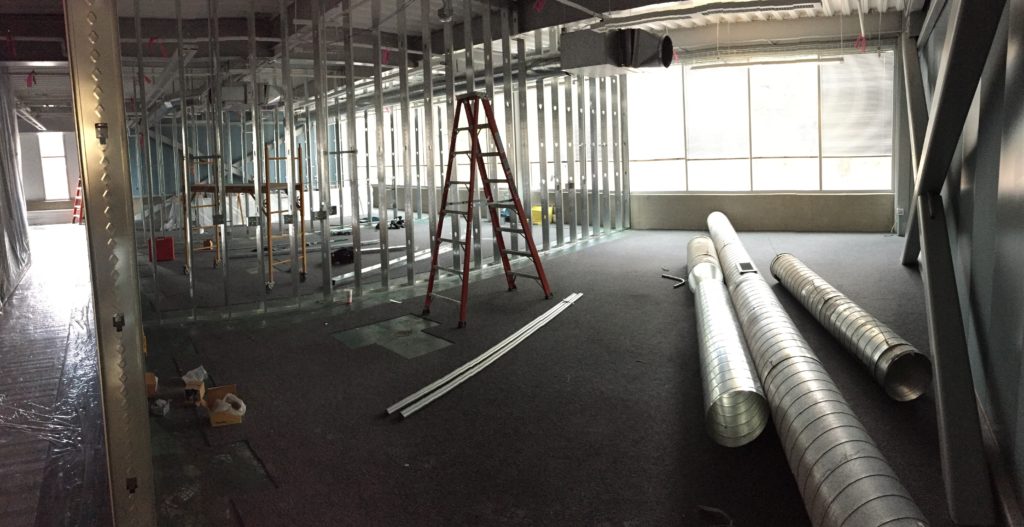
Congratulations to Micah Kurtz
Congratulations are in order for Micah Kurtz, who has completed his MSE in EE and is moving to Colorado for an exciting new job.
Kick off to a great summer!
This summer, three undergraduate students will be actively working on lab research projects. This includes:
Dustin Branges, who will be developing a data logger for the GoBabyGo cars, able to record when and how long a child uses one of the modified toy ride on cars,
Felicity Escarzaga, who through a joint effort with Dr. Kiisa Nishikawa’s lab will be building a physical model to represent and then test the Winding Filament Model,
Sage Pasternacki, who will be developing a sensor sock that utilizes the KineTrax model developed by Micah Kurtz (MSE 2016).
It’s Capstone Day
Well done to the three capstone groups of the WIL!
GoBabyGo
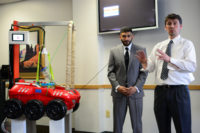
|
The Smart Floor
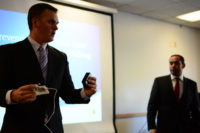
|
Gait Collection
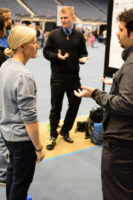 |
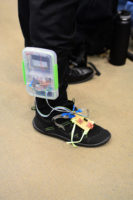 |
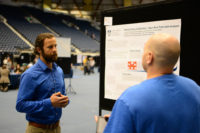 |
